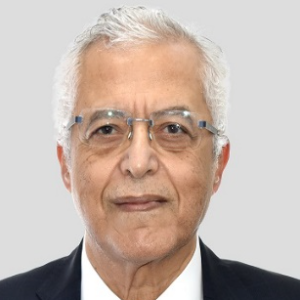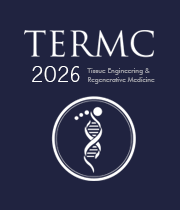Constructs & Surface Modification Technologies
Due to their limited ability to self-repair, the regeneration of injured tendons is a major challenge in orthopaedics. Tissue engineering has become a popular therapy option for tendons that have been injured. To manufacture cell-laden tissue constructions for implantation, the traditional tissue engineering technique depends on the utilization of culture-expanded patient's own cells and natural and/or synthetic biomaterial scaffolds. This strategy, however, has significant drawbacks, including donor-tissue morbidity, the requirement for a large number of immune-acceptable cells, the protracted in vitro production cycle of designed tissues, and the difficulty associated with long-term storage and preservation of created tissues. The practical deployment of engineered tendon constructs to treat injured tendons using the traditional tissue engineering technique has been hampered by these drawbacks. One of the emerging options is chemical modification of polymeric scaffold surfaces, which allows for improved biocompatibility while also serving as a protein delivery vehicle. Physical adsorption, radiation-mediated modifications, grafting, and protein modifications are all examples of successful strategies for changing the surface properties of polymeric scaffolds.

Nagy Habib
Imperial College London, United Kingdom
Lucie Bacakova
Institute of Physiology of the Czech Academy of Sciences, Czech Republic



Title : AI-integrated high-throughput tissue-chip for space-based biomanufacturing applications
Kunal Mitra, Florida Tech, United States
Title : Stem cell technologies to integrate biodesign related tissue engineering within the frame of cell based regenerative medicine: towards the preventive therapeutic and rehabilitative resources and benefits
Sergey Suchkov, N.D. Zelinskii Institute for Organic Chemistry of the Russian Academy of Sciences, Russian Federation
Title : In vitro evaluation of lyophilized Dedifferentiated Fat cells (DFAT) impregnated artificial dermis
Kazutaka Soejima, Nihon University, School of Medicine, Japan
Title :
Nagy Habib, Imperial College London, United Kingdom
Title :
Alexander Seifalian, Nanotechnology & Regenerative Medicine Commercialisation Centre, United Kingdom
Title : The regenerative medicine of the future
Marco Polettini, DVM, Italy